This article commemorates the 50th anniversary of Canada's transition to the Celsius scale for temperature measurements. It recounts the public's initial reactions, the challenges faced during the conversion process, and the eventual widespread adoption of the metric system.
April 1, 2025, will mark 50 years since Canada switched to the Celsius scale for temperature. It was the catalyst for a lengthy national metric conversion that abruptly ended a decade after it began. The result is seen and felt every day. Canadians wear clothes measured in inches and buy gas by the litre. We drink from beer cans measures in millilitres and step on bathroom scales that weigh us in pounds. We eat cereal by the gram but sub sandwiches by the foot.
A bone-chilling April Fools' Day in 1975 marked the first time Canadians used Celsius to measure weather temperature. It was the first in a series of events designed to promote understanding and acceptance of the metric system. 'We were the guinea pig,' said David Phillips with Environment and Climate Change Canada. He joined the weather service seven years before the Celsius switch.'I remember that first little flyer that , 'It's no April Fools' joke.'But some tuning into TV and radio that day might not have got the memo. In a world where water freezes at 32 F, Canadians failing to convert Fahrenheit to Celsius woke up aghast at forecasts ranging from –2 C in Toronto to –27 C in Edmonton. 'To hell with the weather maps and figures in Celsius,' wrote one senior in a letter to the London Free Press.'Since those experts changed from the old Fahrenheit thermometers, the weather's been lousy,' an angry reader told the Bridgewater Bulletin in Nova Scotia. Most Canadian media used both units for awhile. Some seniors near the Canada-U.S. border opted for American TV and radio for Fahrenheit-focused forecasts. By 1977, all Canadian weather reports used metric measurements. 'The strategy of going to the weather service first and getting them involved really paid off,' said Phillips. One month into the switch, the head of Canada's Metric Commission, Stevenson Gossage, said negative reactions were 'dying down
CANADA CELSIUS METRIC CONVERSION HISTORY TEMPERATURE
Canada Latest News, Canada Headlines
Similar News:You can also read news stories similar to this one that we have collected from other news sources.
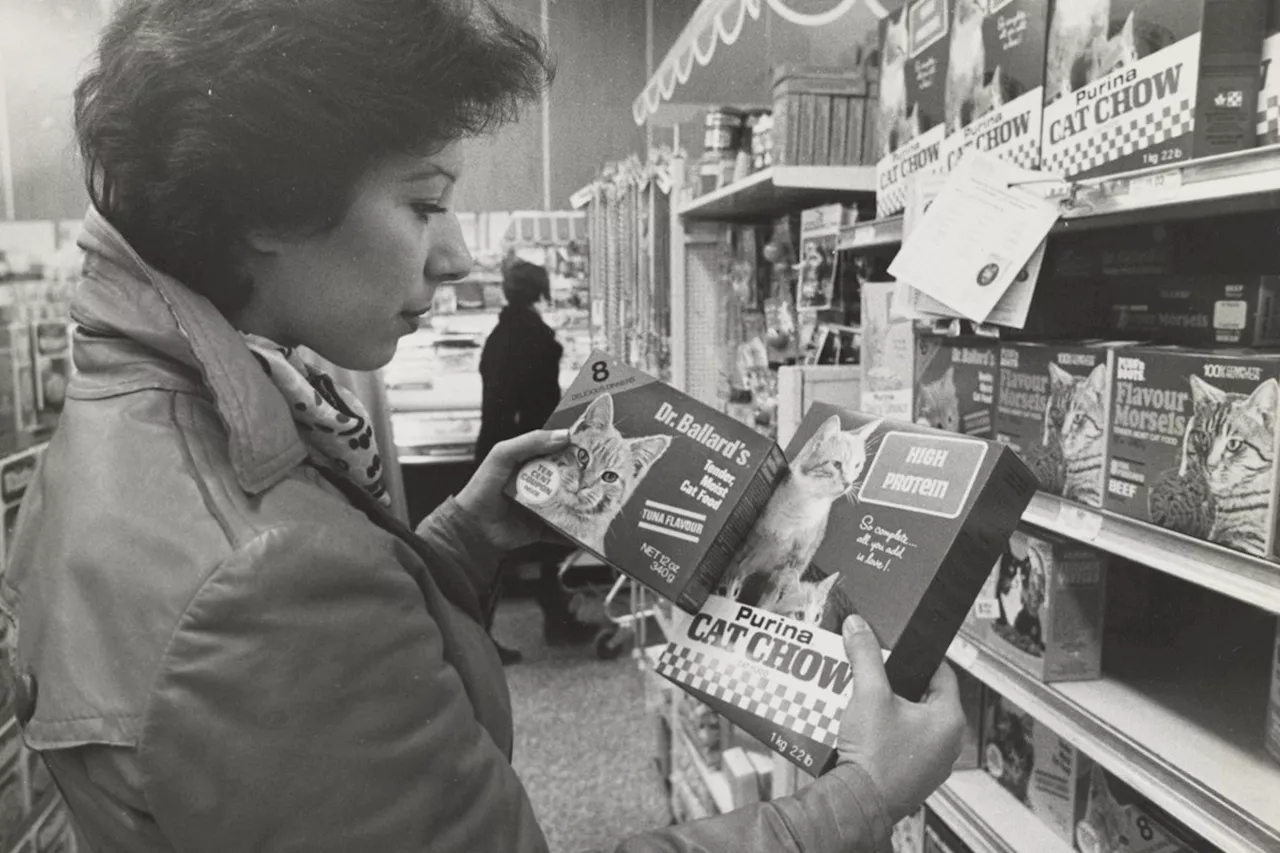 Canada Celebrates 50 Years of Celsius in Weather ForecastingCanada marks the 50th anniversary of using Celsius for weather temperature measurements in 2025. The switch, initially met with resistance, ultimately led to a widespread adoption of the metric system in the country.
Canada Celebrates 50 Years of Celsius in Weather ForecastingCanada marks the 50th anniversary of using Celsius for weather temperature measurements in 2025. The switch, initially met with resistance, ultimately led to a widespread adoption of the metric system in the country.
Read more »
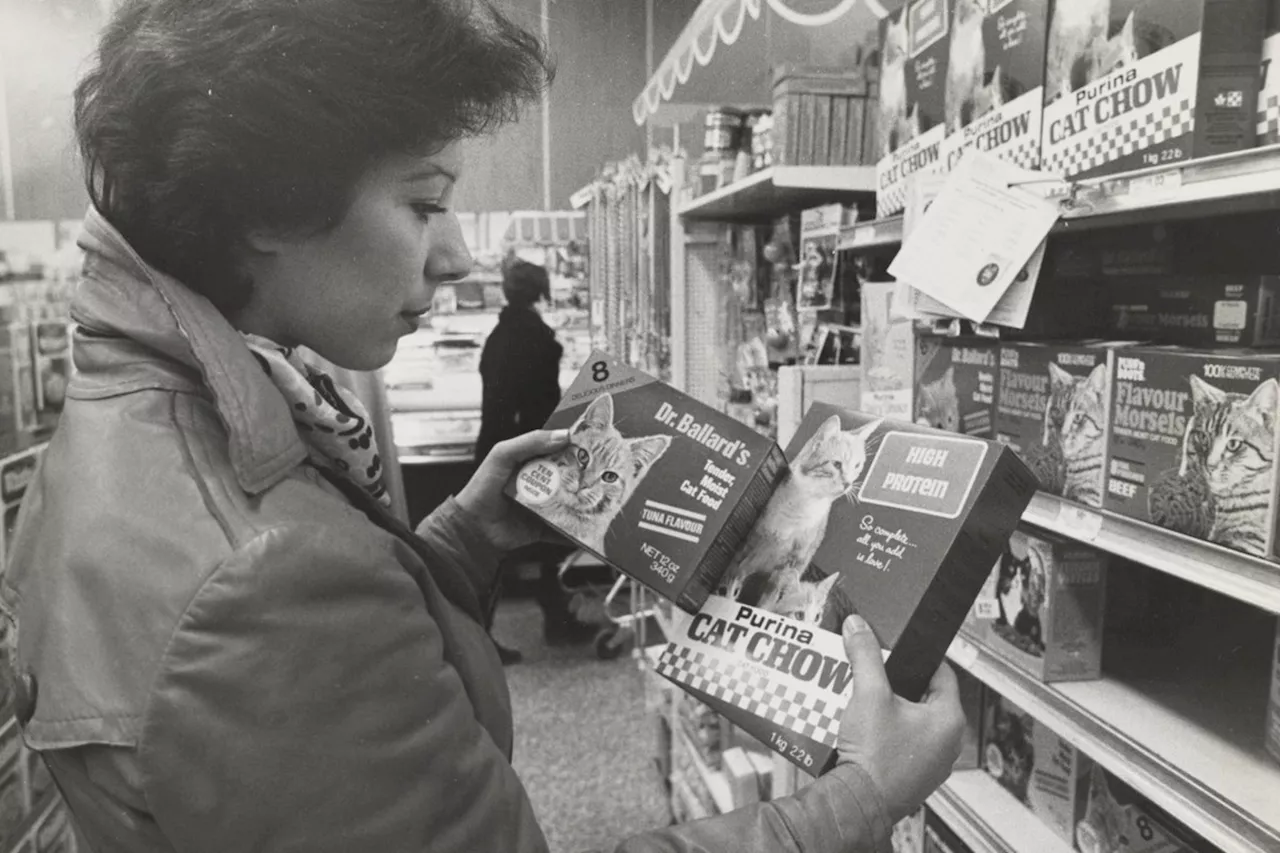 Celsius Turns 50 in CanadaEnvironment Canada's adoption of Celsius turns 50 in 2025, marking a significant milestone in Canada's long journey towards metric conversion.
Celsius Turns 50 in CanadaEnvironment Canada's adoption of Celsius turns 50 in 2025, marking a significant milestone in Canada's long journey towards metric conversion.
Read more »
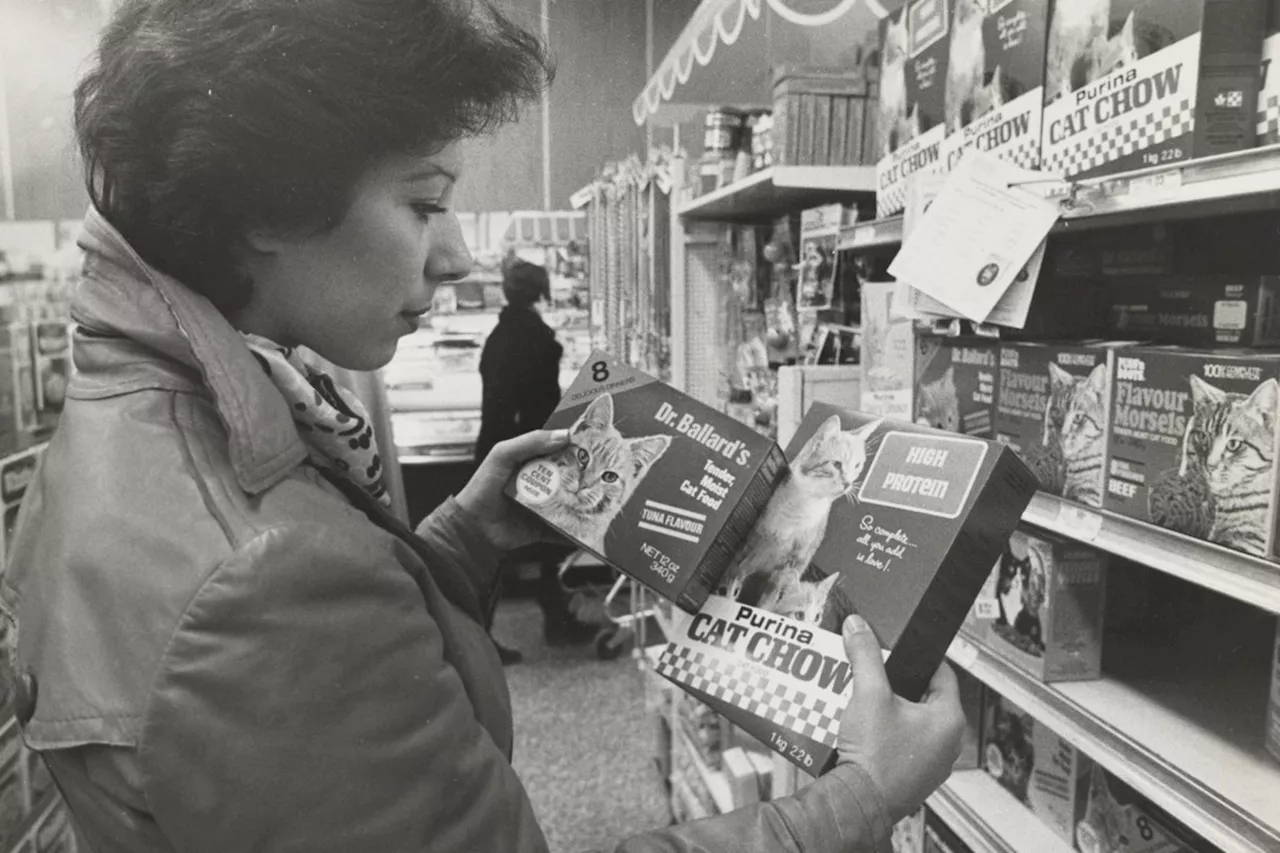 Canada's Celsius Switch Turns 50Environment Canada's adoption of Celsius for weather temperature in 1975 marked a significant milestone in Canada's national metric conversion. While the switch initially faced resistance, it eventually became the norm, with Canadians now using Celsius for everyday measurements.
Canada's Celsius Switch Turns 50Environment Canada's adoption of Celsius for weather temperature in 1975 marked a significant milestone in Canada's national metric conversion. While the switch initially faced resistance, it eventually became the norm, with Canadians now using Celsius for everyday measurements.
Read more »
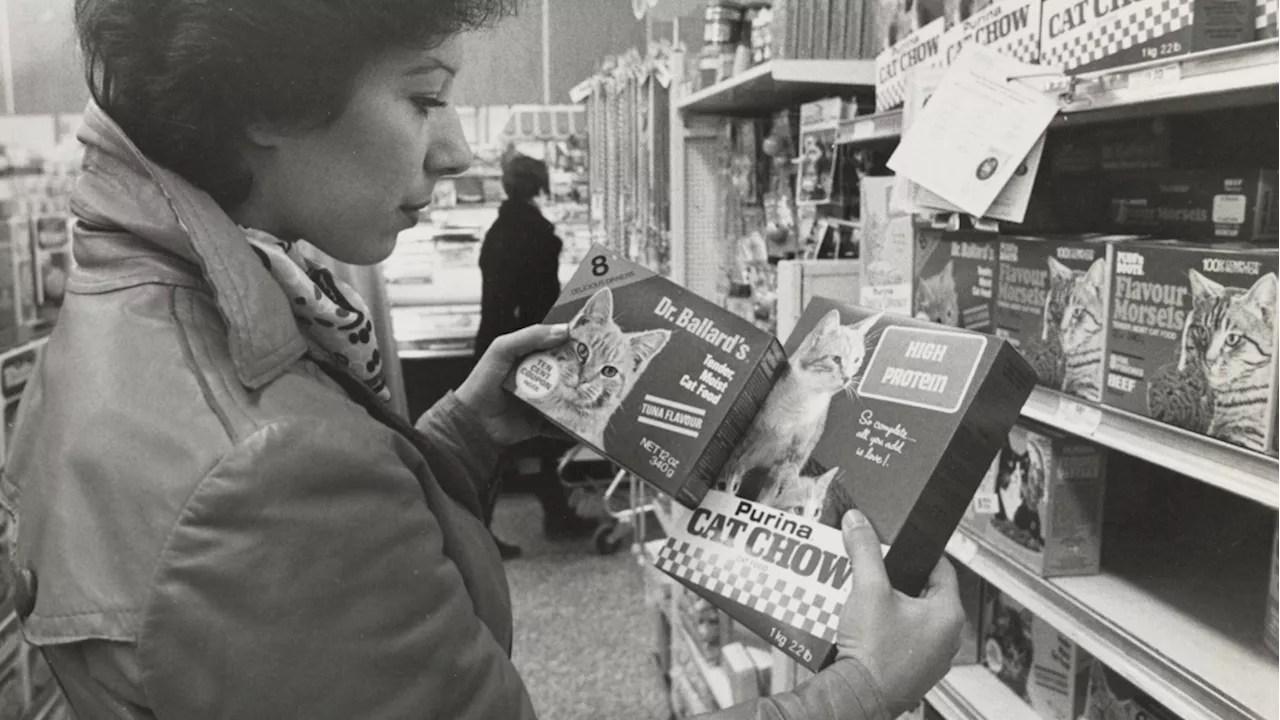 Canada's Metric Shift: From Fahrenheit to Celsius Weather ForecastsThis article explores Canada's transition to the metric system, focusing on the shift from Fahrenheit to Celsius for weather temperature measurements. It details the initial public resistance, the gradual adoption process, and the eventual success of the change.
Canada's Metric Shift: From Fahrenheit to Celsius Weather ForecastsThis article explores Canada's transition to the metric system, focusing on the shift from Fahrenheit to Celsius for weather temperature measurements. It details the initial public resistance, the gradual adoption process, and the eventual success of the change.
Read more »
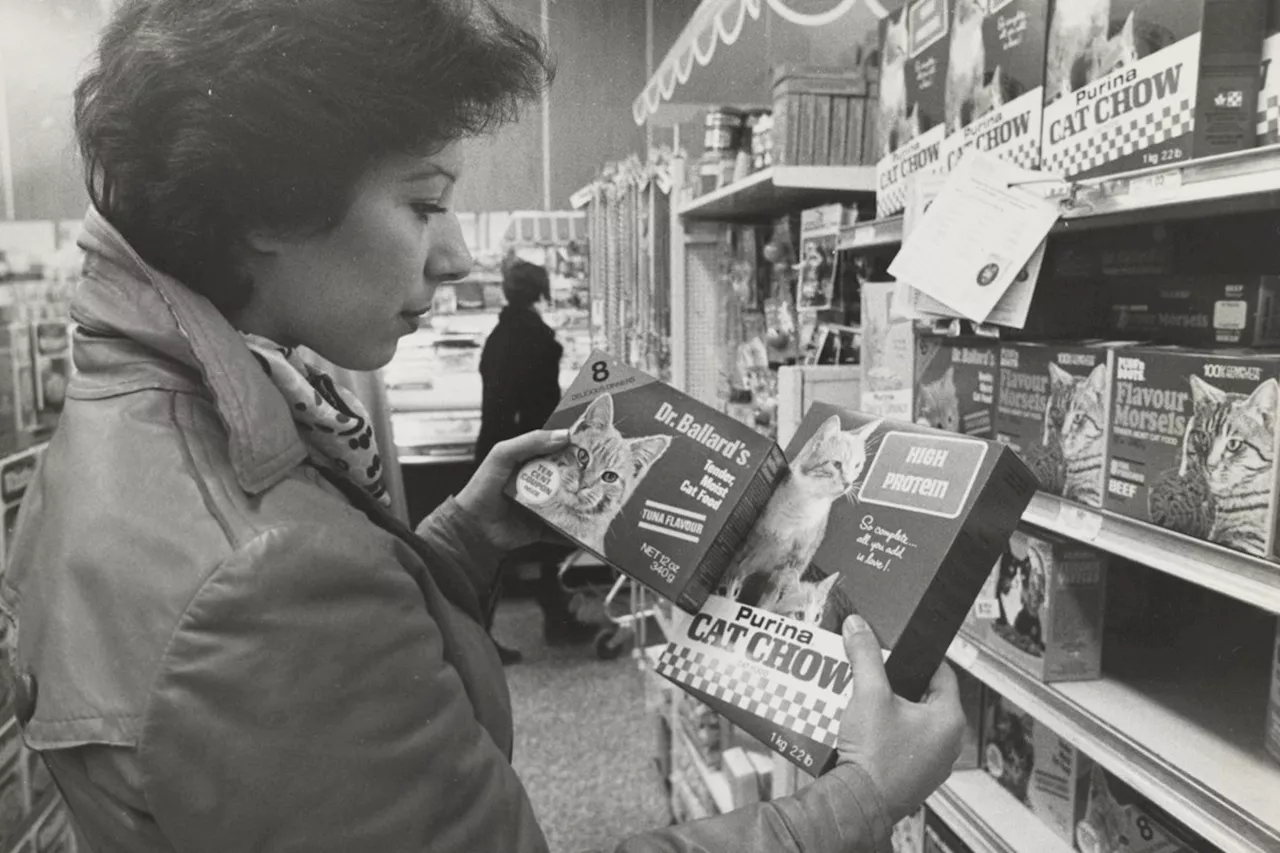 Canada's Celsius Shift Turns 50Environment Canada's adoption of Celsius for weather temperature in 1975 marked a significant milestone in Canada's metric conversion journey. While initially met with resistance, the switch ultimately led to widespread use of the metric system in everyday life.
Canada's Celsius Shift Turns 50Environment Canada's adoption of Celsius for weather temperature in 1975 marked a significant milestone in Canada's metric conversion journey. While initially met with resistance, the switch ultimately led to widespread use of the metric system in everyday life.
Read more »
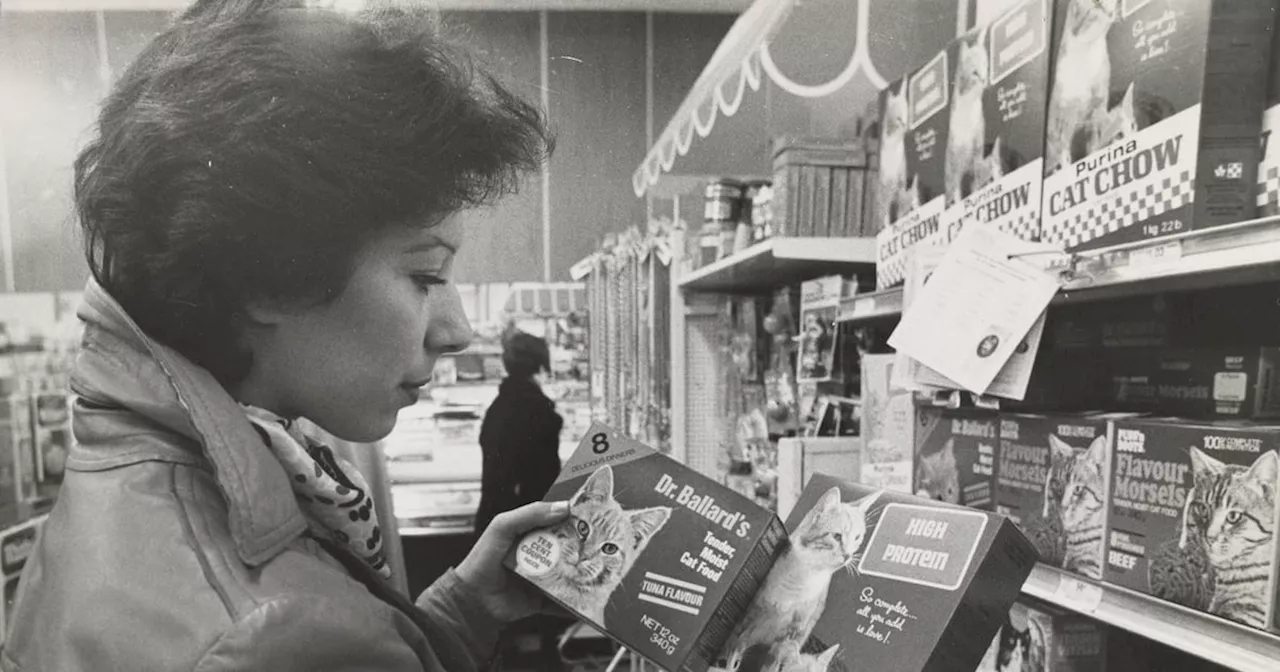 Canada's Metric Conversion: Celsius Takes Over Weather ForecastingThis article recounts Canada's transition to the metric system, focusing on the milestone of using Celsius for weather temperature starting on April Fool's Day in 1975. It details the initial public resistance, the gradual acceptance, and the lasting impact of this conversion.
Canada's Metric Conversion: Celsius Takes Over Weather ForecastingThis article recounts Canada's transition to the metric system, focusing on the milestone of using Celsius for weather temperature starting on April Fool's Day in 1975. It details the initial public resistance, the gradual acceptance, and the lasting impact of this conversion.
Read more »
